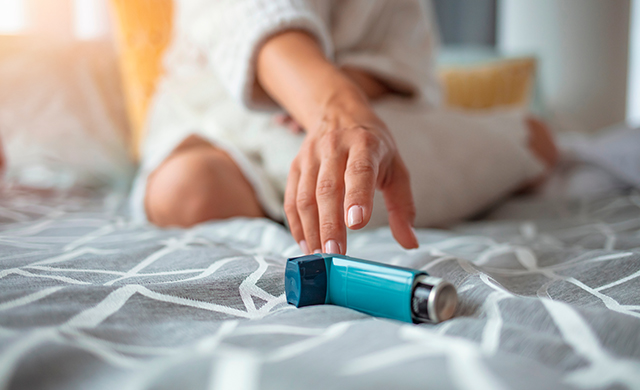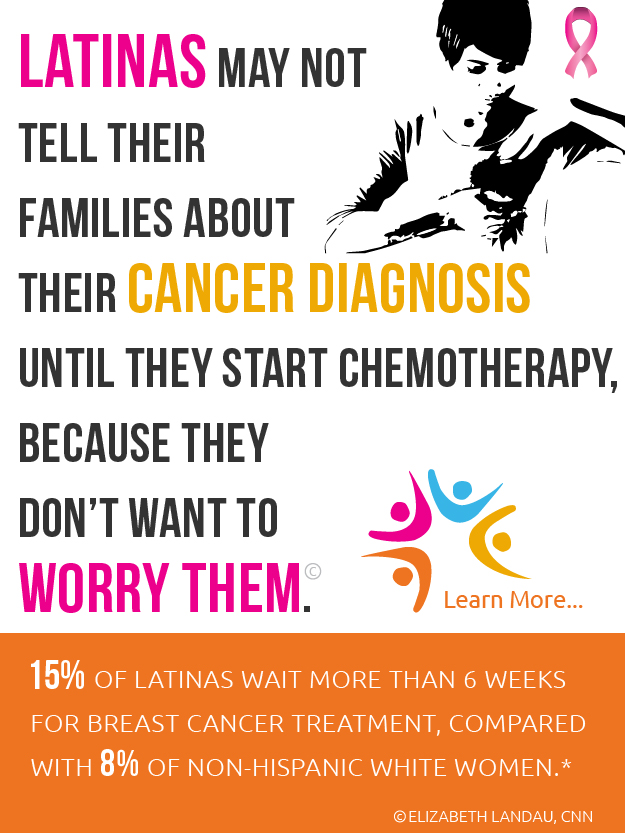
Why Have Asthma Attacks Decreased During the Pandemic?
08/20/2021 06:00AM | 1907 viewsby Sarah Ellis
New research finds a 40% drop in asthma attacks among Black and Hispanic Americans.
AROUND ONE IN 13 Americans live with asthma—that’s 25 million people in total. This chronic respiratory condition affects everyone from adults to young children, but it carries a deeply unequal burden: Black and Puerto Rican Americans are 1.5 and 2 times more likely (respectively) than white Americans to have asthma. Minority groups are also more susceptible to severe consequences from it, including emergency room visits, extended hospitalization, and death.
Asthma rates in the United States have been steadily increasing for years now… that is, until the COVID-19 pandemic hit in spring 2020. You might not associate the rise of COVID with a change in the prevalence of asthma (we wouldn’t have guessed this either), but new research is revealing a surprising correlation: An April 2021 study in the Journal of Allergy & Clinical Immunology: In Practice found that asthma attacks among Black and Hispanic/Latinx Americans have decreased by 40% since the pandemic began—and not just because people are scared to go to the doctor.
Why the sudden drop in asthma attacks? Researchers think it has something to do with decreased exposure to environmental triggers that can bring on asthma symptoms. Most Americans spent more time at home in 2020 than ever before, so they were less likely to encounter pollution, smoke, fumes, and outdoor chemicals that might inflame respiratory airways.
But now that the COVID vaccines have arrived, things are starting to change yet again. The CDC has lifted guidelines on mask-wearing and social distancing for fully vaccinated individuals, and many Americans are locking down their summer travel plans. This all begs the question: Will asthma attack rates start to rise again as the pandemic moves into our rearview? We spoke to Justin Salciccioli, M.D., study author and fellow in pulmonary and critical care medicine at Brigham and Women’s Hospital in Boston, to get his thoughts.
HealthCentral: Can you give us a brief description of the asthma study and your findings?
Justin Salciccioli, M.D.: This was a secondary analysis of a large, ongoing randomized clinical trial for Black and Hispanic patients with at least moderately severe asthma across the United States. There were 1,200 patients enrolled in the study, and all were given instructions on how to manage their asthma at home remotely, without having to go in to see their doctor or pulmonologist.
The follow-up for the trial was preplanned to be entirely remote [even before the pandemic]. Every month, study subjects would fill out a questionnaire about their asthma control and whether there had been any need for treatment for exacerbation. We had this serendipitous timing where all patients had been enrolled by March 2020, the same month that COVID hit in the United States. So, we had these patients with asthma who were already being monitored in a remote fashion.
Across the board for many health conditions (including asthma), we saw a dramatic decrease in emergency department visits and primary care visits during the pandemic. It wasn’t clear if that was just people trying to avoid COVID in healthcare settings or if these conditions were actually better controlled. So, that was our big question: Was the decrease in asthma exacerbations [as documented in a few other studies] because people were avoiding healthcare, or was it because there has truly been better asthma control during the COVID-19 pandemic? [This data allowed researchers to tell the difference, since patients were reporting their symptoms from the safety of their homes.]
We found about a 40% decrease overall in the rate of asthma exacerbation after COVID-19 hit. There were a couple of groups who had particularly pronounced decrease in exacerbation rates: One was the group of people who worked outside the home during the time of study enrollment [pre-COVID]. They had a 65% decrease in asthma exacerbations after the pandemic. The second group is people who had non-type 2 asthma, [meaning they are] more prone to environmental triggers like air pollutants, toxins, and perfumes. They had about a 50% decrease in their exacerbation.
HC: What do you think are the likely reasons for the drop in asthma attacks during the pandemic? Is it just a matter of decreased exposure to the outdoors and other people?
Dr. Salciccioli: This data really does give biological plausibility to the finding that social distancing, mask-wearing, and work from home [restrictions] are helping these folks who are prone to triggers from environmental or social interactions. The same interventions that we took on publicly to stop COVID-19 appear to have also helped decrease asthma exacerbation.
HC: You specifically looked at Black and Latinx populations for this study, both of whom are disproportionally affected by asthma. Do you think your findings speak to a larger trend among asthma cases in all demographics of people in the U.S.?
Dr. Salciccioli: The underlying biology of asthma is the same regardless of race, so I think it is reasonable to generalize [these findings] to other populations. But we don’t have data to say whether the size of that effect is the same in other populations.
HC: As vaccination rates increase and more people spend time outside and socializing, do you expect that we might start to see a rise in asthma attacks again?
Dr. Salciccioli: That’s a question we are very interested in. We have more follow-ups with these patients this year, and we are working as a study committee group to figure out the most salient questions to ask them. [We really want to know] whether we will see asthma exacerbations increase with people returning to work, removing masks, and resuming lives as normal.
HC: What can we learn from these findings about preventing or reducing the prevalence of asthma?
Dr. Salciccioli: I think we are seeing pretty strong evidence that avoiding common viral triggers and environmental pollutants is important to help keep asthma under control. Everyone’s triggers are slightly different depending on the type of asthma they have, but I think more research is to come as to whether it was hand washing, work from home, or mask wearing [that helped the most].
Simple things like washing your hands and avoiding others who may [be sick] even with a common virus are critical in trying to control asthma.











Post your Comment
Please login or sign up to comment
Comments